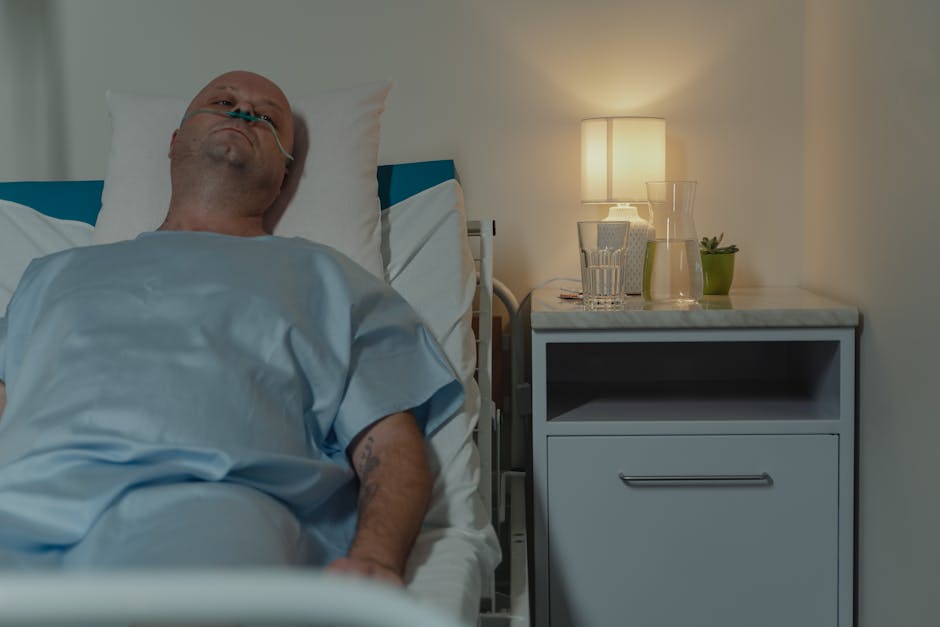The Role of Botox Treatment in Treating Depression
In recent years, Botox has emerged as a surprising player in the treatment of depression. Traditionally known for its cosmetic applications, Botox has been making headlines for its potential therapeutic benefits beyond wrinkle reduction. But how does Botox help with depression, and what does the science say? This blog post delves into the fascinating intersection of Botox treatment and mental health, offering insights, statistics, and actionable tips.
Understanding Botox: Beyond Cosmetic Uses
Botox, or Botulinum toxin, is a neurotoxic protein that has been used in medicine for decades. While its most famous application is cosmetic, helping to smooth out wrinkles by paralyzing facial muscles, Botox also has a range of medical uses, from treating chronic migraines to excessive sweating.
Its application in mental health, particularly depression, is a relatively new field of study. Researchers are exploring how Botox can be used to disrupt the facial feedback loop, a theory suggesting that our facial expressions can influence our emotions.
The Science Behind Botox and Depression
Recent studies suggest that Botox may have the potential to alleviate symptoms of depression. A study published in the Journal of Psychiatric Research found that patients who received Botox injections in their glabellar region, the area between the eyebrows, reported a significant reduction in depression symptoms compared to a placebo group.
One theory is that Botox disrupts the facial feedback mechanism. By inhibiting the ability to frown, Botox may prevent the negative emotional feedback loop, thereby reducing feelings of sadness and depression. This hypothesis is supported by research showing that facial expressions can influence emotional experiences—a concept known as the facial feedback hypothesis.
Statistics and Research Findings
In a 2014 study, 47% of participants reported a significant improvement in their depressive symptoms after receiving Botox injections. This is compared to only 9% in the placebo group. Other studies have replicated these findings, suggesting a promising new avenue for treatment.
Furthermore, a meta-analysis published in 2020 reviewed data from multiple studies and confirmed that Botox injections had a statistically significant effect on reducing depressive symptoms. These findings highlight Botox’s potential as an adjunctive treatment for depression.
How Botox Treatment Works for Depression
The process involves administering Botox injections into specific facial muscles, primarily targeting areas involved in expressing sadness or anger. By relaxing these muscles, Botox may reduce the intensity of these expressions, thus potentially alleviating the associated emotional states.
The effects of Botox on depression are not immediate. Patients often begin to notice improvements in mood within a few weeks of treatment, with the effects lasting several months. This delayed response is typical of many antidepressant treatments, which can take time to produce noticeable changes.
Case Studies and Patient Testimonials
Many patients who have undergone Botox treatment for depression report positive outcomes. For instance, Jane, a 42-year-old woman, shared her experience of living with chronic depression. After trying various medications with limited success, she turned to Botox as a last resort. Within weeks of her treatment, Jane noticed a marked improvement in her mood and overall well-being.
Another case involves Mark, a 35-year-old man who struggled with persistent depressive disorder. After participating in a clinical trial, Mark experienced significant relief from his symptoms, allowing him to engage more fully in daily activities and improve his quality of life.
Considerations and Potential Side Effects
Like any medical treatment, Botox for depression is not without its considerations. Patients should discuss potential risks and benefits with their healthcare provider. Common side effects include headaches, localized pain, and temporary muscle weakness. However, these are generally mild and resolve on their own.
It’s important to note that Botox is not a standalone treatment for depression. It should be considered as part of a comprehensive treatment plan, which may include therapy, medication, and lifestyle changes.
Actionable Tips for Patients Considering Botox for Depression
If you’re considering Botox as a treatment option for depression, here are some actionable tips:
- Consult a Specialist: Seek advice from a qualified healthcare provider who specializes in Botox treatments for depression.
- Manage Expectations: Understand that Botox is not a cure for depression but may help alleviate symptoms.
- Combine Treatments: Consider combining Botox with other forms of treatment, such as therapy or medication, for optimal results.
- Monitor Progress: Keep track of any changes in mood or symptoms after treatment to assess its effectiveness.
Conclusion: Botox’s Emerging Role in Mental Health
The use of Botox in treating depression represents a novel and promising approach in mental health care. While more research is needed to fully understand its mechanisms and long-term effects, current evidence suggests that Botox can be a valuable tool in managing depression, particularly for those who have not found success with traditional treatments.
As this field of study continues to evolve, Botox may become a more widely accepted and utilized treatment option, offering hope to millions of individuals struggling with depression.
For those interested in exploring Botox as a treatment for depression, consultation with a healthcare provider is essential to determine its suitability and to develop a comprehensive treatment plan tailored to individual needs.

